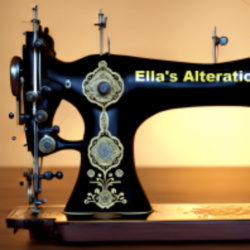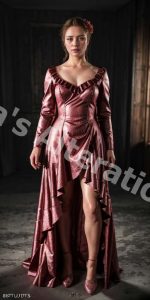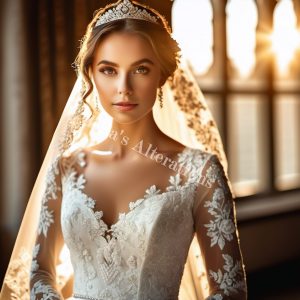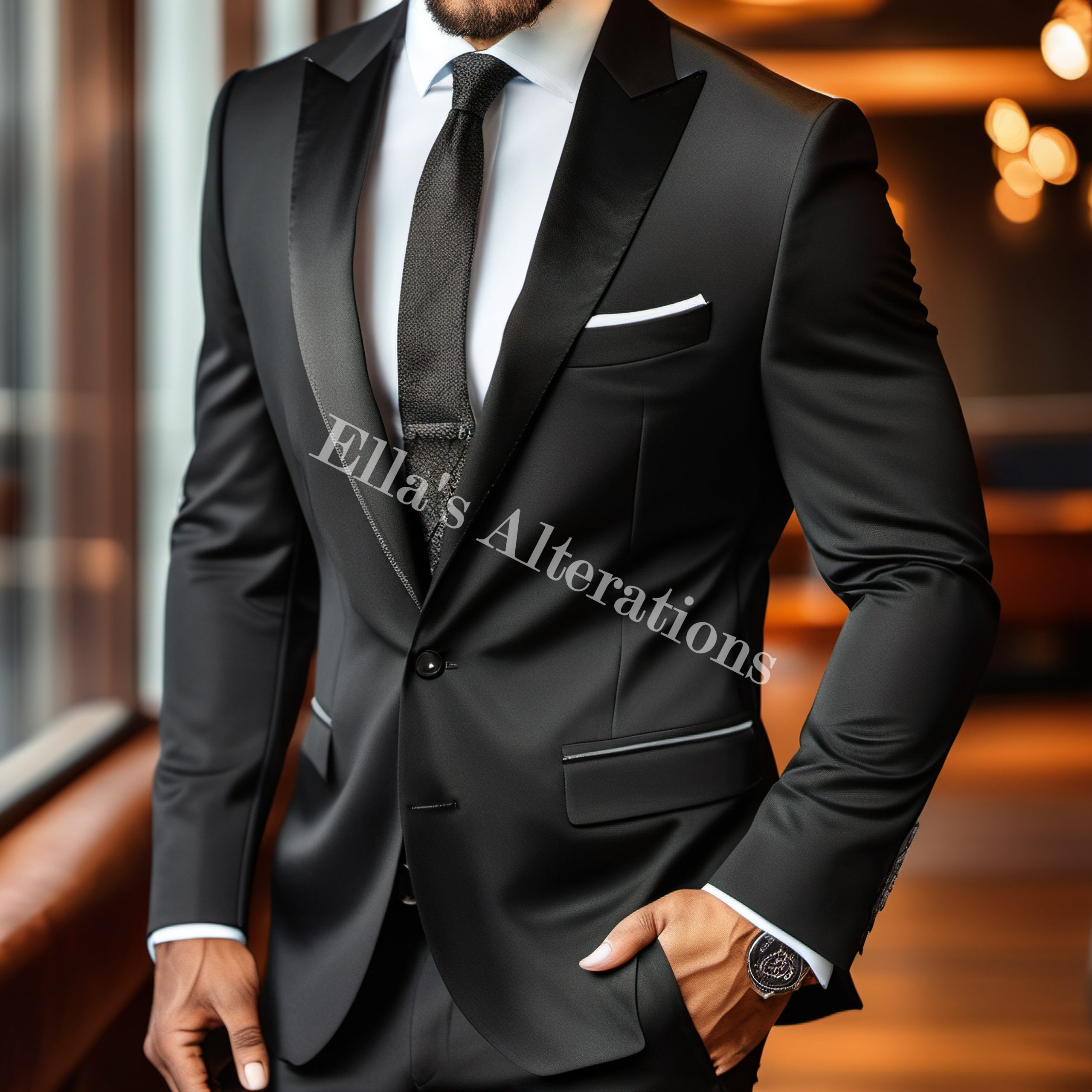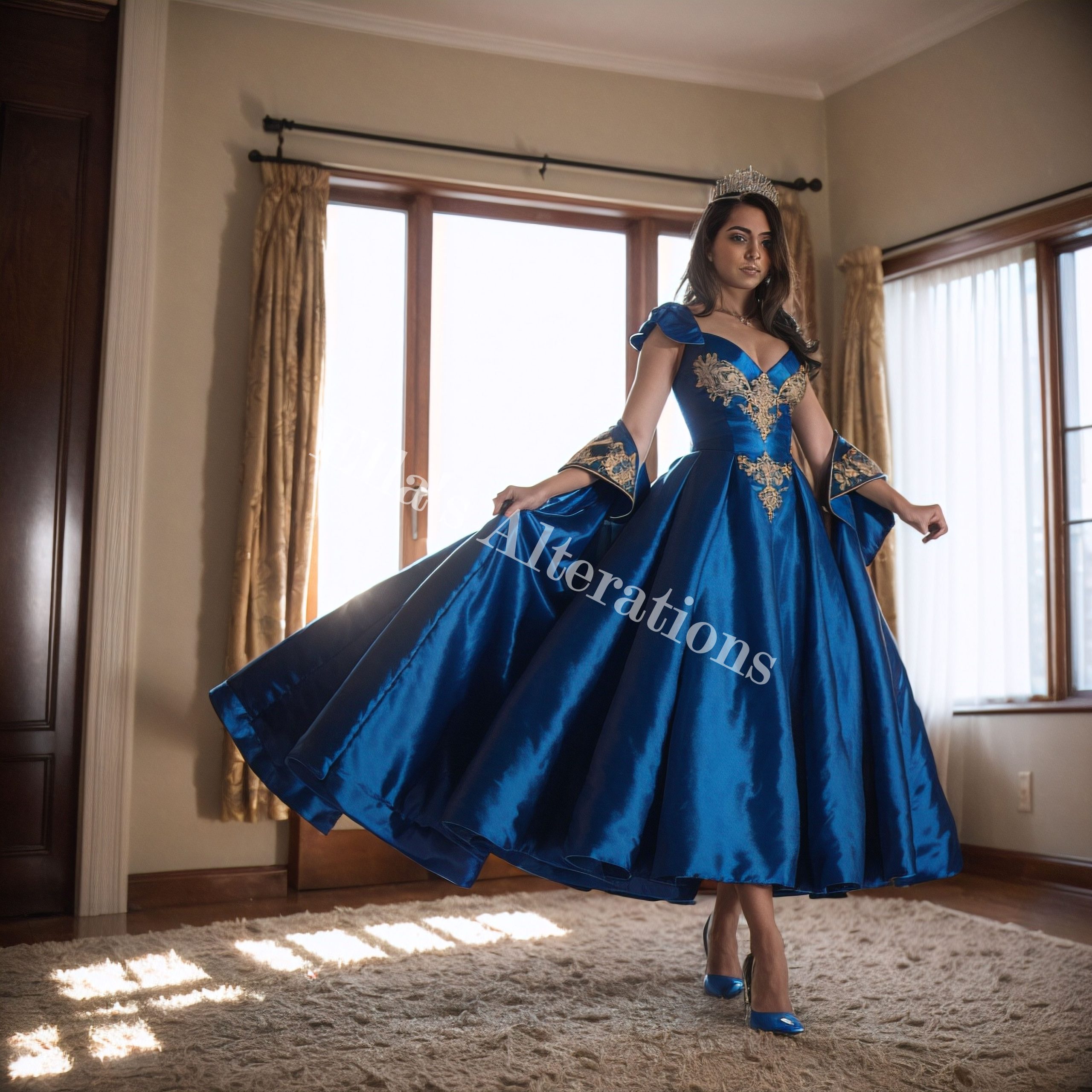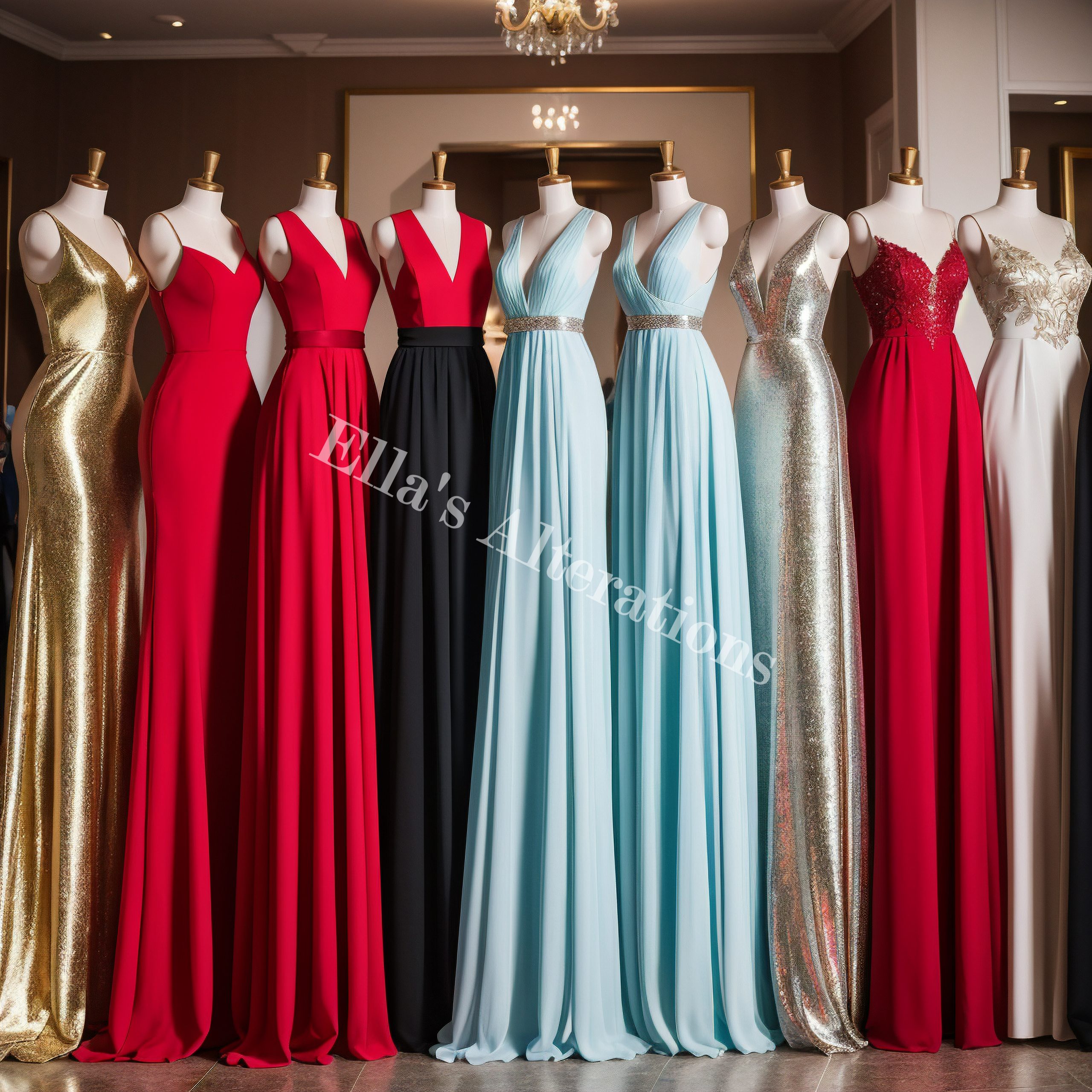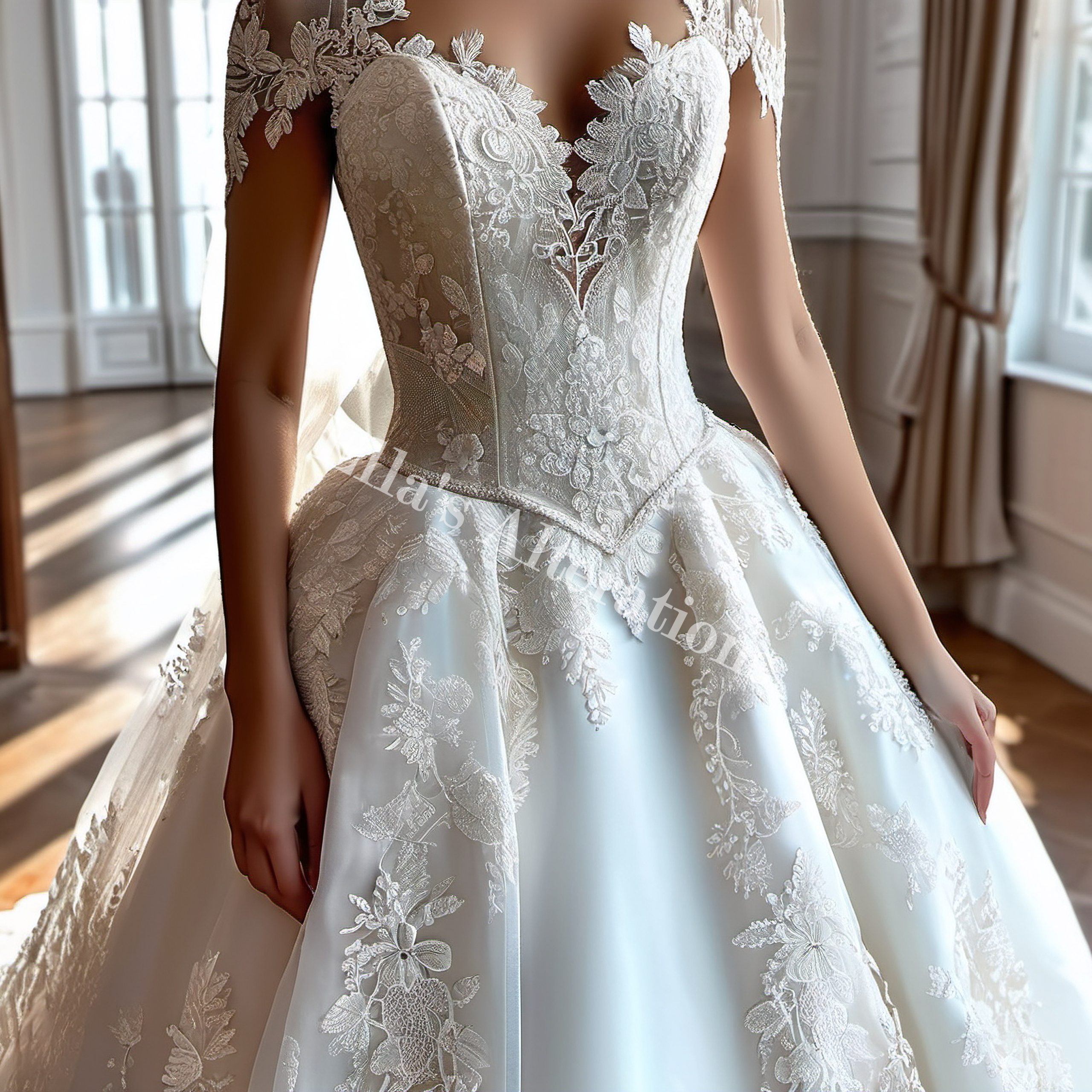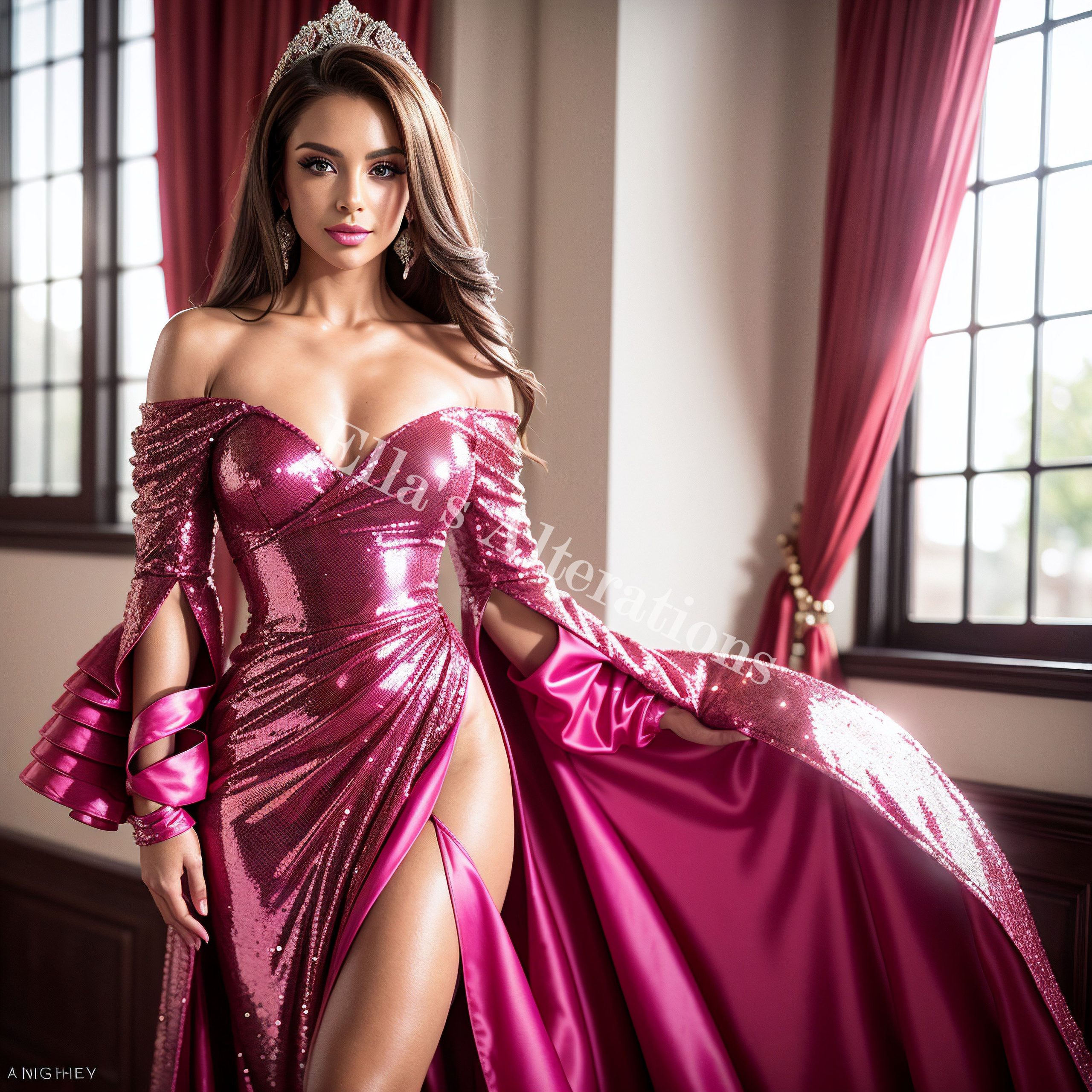Introduction:
Here are some questions and answers I have been asked over the years to help others.
Can you break down the essential parts of a dress for someone new to fashion design?
Certainly! A dress comprises several key components, each contributing to its overall structure and style.
Firstly, there’s the bodice, which forms the upper part of the dress and typically includes the neckline, shoulders, and waistline.
Then, we have the skirt, which extends downwards from the waistline and determines the dress’s length and volume.
Additionally, there are elements like sleeves, if the dress has them, which cover the arms and can vary in length and style.
Other essential parts include closures such as zippers, buttons, or ties, which secure the dress around the body.
These components collectively form the basic framework of a dress, providing a foundation for further design and embellishment.
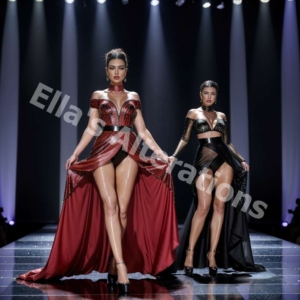
What are the differences between the parts of a casual dress and a formal gown?
The variations between the components of a casual dress and a formal gown lie primarily in their design, construction, and embellishments.
In a casual dress, the bodice may be simpler, with relaxed necklines and sleeve styles, while the skirt tends to be more modest in length and volume.
Conversely, a formal gown often features a more elaborate bodice, with intricate detailing, such as lace, embroidery, or beadwork.
The skirt of a formal gown is typically longer and fuller, often incorporating layers of fabric or a train for added drama.
Additionally, formal gowns may include luxurious closures like corset lacing or ornate buttons.
These differences reflect the intended occasions and level of sophistication associated with each garment.
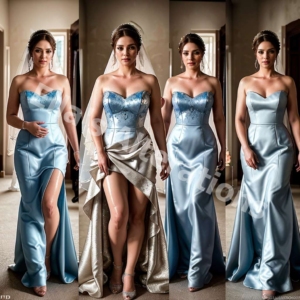
How do the parts of a dress contribute to its overall style and silhouette?
Every part of a dress plays a crucial role in shaping its style and silhouette.
The bodice determines the neckline, shoulder line, and waist placement, influencing the overall proportions of the garment.
The skirt contributes to the dress’s silhouette, whether it’s sleek and form-fitting or voluminous and flared.
Sleeve styles can also impact the overall look, from sleeveless designs for a modern, minimalist aesthetic to billowing sleeves for a romantic, vintage-inspired vibe.
Additionally, closures and embellishments add detail and visual interest, further enhancing the dress’s style and silhouette.
Ultimately, the combination of these elements results in a cohesive design that reflects the designer’s vision and the wearer’s personality.
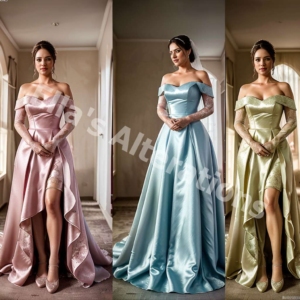
The Ultimate Guide to Wedding Dress Bodices: Types and Alterations by Ella’s Alterations
Could you explain the function of less known dress parts, like godets and gussets?
Certainly!
Godets and gussets are both design features used to add shape, volume, or movement to a garment.
A godet is a triangular or trapezoidal piece of fabric inserted into a seam or hemline to create flare or fullness in a skirt or sleeve.
They are often used in skirts to add width and enhance the silhouette, especially in styles like mermaid or trumpet skirts.
On the other hand, gussets are small, triangular or diamond-shaped pieces of fabric inserted into seams to provide ease of movement or accommodate a curved area of the body.
They are commonly found in areas like underarms or crotches to improve fit and comfort.
Both godets and gussets are subtle yet effective design elements that contribute to the overall functionality and aesthetic of a dress.
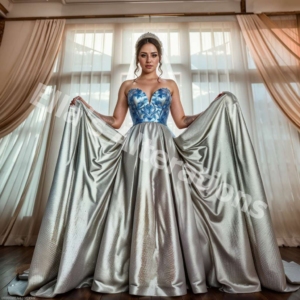
In designing a dress, which parts do you think are most important for comfort?
Comfort is essential when designing a dress, and several parts play a significant role in ensuring a comfortable fit.
The bodice should provide adequate support without feeling restrictive, with features like well-positioned darts or princess seams to accommodate the bust and waist.
Additionally, the choice of fabric is crucial, as softer, stretchier materials offer more flexibility and ease of movement.
For sleeves, opting for styles like cap sleeves or raglan sleeves can minimize restriction around the arms.
And when it comes to closures, consider options like invisible zippers or adjustable ties for a customizable fit.
Ultimately, prioritizing comfort in the design process ensures that the wearer feels confident and at ease in their dress throughout the day or evening.
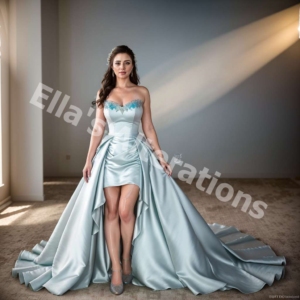
Choosing the Perfect Wedding Dress: A Guide to the Best Styles for Different Body Types
What fundamental elements make up a dress, especially for someone just starting out in fashion design?
For beginners in fashion design, understanding the fundamental elements of a dress is essential.
These include the bodice, which forms the upper part of the dress and encompasses the neckline, shoulders, and waistline.
The skirt, extending from the waistline downwards, determines the dress’s length and volume. Sleeves, if included, cover the arms and can vary in length and style.
Additionally, closures such as zippers, buttons, or ties secure the dress around the body.
These basic components provide a starting point for designing a dress, allowing beginners to experiment with various styles, fabrics, and embellishments as they develop their skills and creativity.
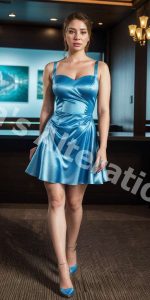
What distinguishes the components of a relaxed, everyday dress from those of an elegant formal gown?
The components of a relaxed, everyday dress differ from those of an elegant formal gown in several ways.
In a casual dress, the bodice may feature simpler necklines and sleeve styles, while the skirt tends to be more modest in length and volume.
Conversely, a formal gown often boasts an elaborate bodice with intricate detailing like lace, embroidery, or beadwork.
The skirt of a formal gown is typically longer and fuller, often incorporating layers of fabric or a train for added drama.
Additionally, closures and embellishments in formal gowns tend to be more luxurious, reflecting the elevated nature of the occasion.
These distinctions cater to the varying needs and expectations of different wearers and occasions.
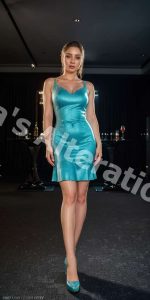
In what ways do the individual parts of a dress impact its overall aesthetic and form?
Each part of a dress contributes to its overall aesthetic and form in unique ways.
The bodice sets the tone for the dress, with neckline, shoulder, and waistline choices influencing the overall silhouette.
The skirt determines the dress’s length, volume, and movement, whether it’s sleek and form-fitting or voluminous and flowing.
Sleeves, if present, add detail and visual interest, from delicate cap sleeves to dramatic bell sleeves.
Closures and embellishments provide finishing touches, enhancing the dress’s design and making it truly stand out.
By carefully considering and coordinating each part, designers can create dresses that are not only visually appealing but also cohesive and harmonious in their overall aesthetic and form.

Could you elaborate on the functionalities of less familiar dress elements like godets and gussets?
Certainly!
Godets and gussets are both design features that serve specific functions in a dress.
A godet is a triangular or trapezoidal piece of fabric inserted into a seam or hemline to add flare or fullness to a skirt or sleeve.
They are often used in skirts to create a flared silhouette or in sleeves to add volume and movement.
Gussets, on the other hand, are small, triangular or diamond-shaped pieces of fabric inserted into seams to provide ease of movement or accommodate a curved area of the body.
They are commonly found in areas like underarms or crotches to improve fit and comfort.
By incorporating these less familiar elements into their designs, designers can enhance the functionality and versatility of their dresses, ensuring that they not only look great but also feel comfortable and easy to wear.

When crafting a dress, which elements do you prioritize to enhance wearability and ease?
When crafting a dress, prioritizing elements that enhance wearability and ease is essential for ensuring the garment’s comfort and practicality.
Firstly, the choice of fabric plays a significant role, with softer, stretchier materials offering more flexibility and ease of movement.
Design features like adjustable closures, such as ties or elasticized waistbands, allow for a customizable fit that accommodates fluctuations in body size and shape.
Additionally, incorporating design elements like godets or gussets can improve mobility and comfort in key areas.
Sleeve styles that allow for unrestricted arm movement, such as raglan or dolman sleeves, further enhance wearability.
By prioritizing these elements in the design process, designers can create dresses that not only look stylish but also feel comfortable and effortless to wear for extended periods.
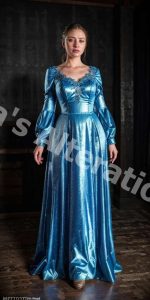
For a novice in fashion design, what are the key components that compose a dress?
For someone new to fashion design, understanding the key components of a dress is crucial.
These components include the bodice, which forms the upper part of the dress and includes features like the neckline, shoulders, and waistline.
The skirt, extending downward from the waistline, determines the dress’s length and volume.
Sleeves, if included, cover the arms and can vary in length and style.
Additionally, closures such as zippers, buttons, or ties secure the dress around the body.
By familiarizing themselves with these fundamental elements, novices can begin to explore the endless possibilities for creativity and expression in dress design.
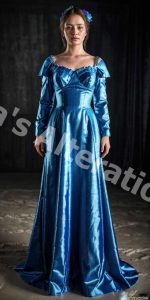
What sets apart the structural elements of a casual dress from those of a grand formal gown?
The structural elements of a casual dress differ from those of a grand formal gown in several ways.
In a casual dress, the bodice may feature simpler necklines and sleeve styles, while the skirt tends to be more modest in length and volume.
Conversely, a formal gown often boasts an elaborate bodice with intricate detailing like lace, embroidery, or beadwork.
The skirt of a formal gown is typically longer and fuller, often incorporating layers of fabric or a train for added drama.
Additionally, closures and embellishments in formal gowns tend to be more luxurious, reflecting the elevated nature of the occasion.
These distinctions cater to the varying needs and expectations of different wearers and occasions.
In what ways do the various components of a dress influence its overall appearance and shape?
Every component of a dress plays a vital role in shaping its overall appearance and silhouette.
The bodice determines the neckline, shoulder line, and waist placement, influencing the dress’s proportions and overall structure.
The skirt contributes to the dress’s silhouette, whether it’s slim and fitted or voluminous and flared.
Sleeves, if included, add detail and visual interest, from delicate cap sleeves to dramatic bell sleeves.
Additionally, closures and embellishments provide finishing touches, enhancing the dress’s design and making it truly stand out.
By carefully considering and coordinating each component, designers can create dresses that are not only visually appealing but also cohesive and harmonious in their overall appearance and shape.

Can you delve into the purposes and applications of obscure dress features like godets and gussets?
Certainly!
Godets and gussets are both design features that serve specific purposes in dressmaking.
A godet is a triangular or trapezoidal piece of fabric inserted into a seam or hemline to add flare or fullness to a skirt or sleeve.
They are often used in skirts to create a flared silhouette or in sleeves to add volume and movement.
Gussets, on the other hand, are small, triangular or diamond-shaped pieces of fabric inserted into seams to provide ease of movement or accommodate a curved area of the body.
They are commonly found in areas like underarms or crotches to improve fit and comfort.
By incorporating these less familiar elements into their designs, designers can enhance the functionality and versatility of their dresses, ensuring that they not only look great but also feel comfortable and easy to wear.

When designing a dress, which aspects do you focus on to ensure it feels comfortable to wear?
When designing a dress, comfort is paramount, and several aspects are crucial to ensuring that the garment feels comfortable to wear.
Firstly, the choice of fabric plays a significant role, with softer, more breathable materials offering greater comfort against the skin.
Design features like adjustable closures, such as ties or elasticized waistbands, allow for a customizable fit that accommodates fluctuations in body size and shape.
Additionally, incorporating design elements like godets or gussets can improve mobility and comfort in key areas.
Sleeve styles that allow for unrestricted arm movement, such as raglan or dolman sleeves, further enhance wearability.
By prioritizing these aspects in the design process, designers can create dresses that not only look stylish but also feel comfortable and effortless to wear for extended periods.

What are the fundamental parts that constitute a dress, particularly for beginners in design?
For beginners in design, understanding the fundamental parts that constitute a dress is essential.
These parts include the bodice, which forms the upper portion of the dress and encompasses elements such as the neckline, shoulders, and waistline.
The skirt extends downward from the waistline and determines the dress’s length and volume.
Sleeves, if incorporated, cover the arms and can vary in length and style. Additionally, closures such as zippers, buttons, or ties secure the dress around the body.
By familiarizing themselves with these basic components, beginners can lay a solid foundation for exploring more complex design techniques and expressing their creativity in dressmaking.

How do the elements of a dress vary between a casual garment and a formal ensemble?
The elements of a dress vary significantly between a casual garment and a formal ensemble.
In a casual dress, the bodice may feature simpler necklines and sleeve styles, while the skirt tends to be more modest in length and volume.
Casual dresses often prioritize comfort and ease of wear, with practical closures like zippers or buttons.
In contrast, formal ensembles typically boast more elaborate bodices with intricate detailing such as lace, embroidery, or beadwork.
The skirt of a formal gown is often longer and fuller, incorporating layers of fabric or a train for added drama.
Closures and embellishments in formal dresses tend to be more luxurious, reflecting the elevated nature of the occasion.
These differences cater to the distinct needs and expectations of wearers attending casual versus formal events.

In what ways do the different components of a dress influence its overall visual appeal and form?
Each component of a dress contributes to its overall visual appeal and form in unique ways.
The bodice sets the tone for the dress, with choices like neckline and shoulder style influencing the overall silhouette.
The skirt determines the dress’s length, volume, and movement, whether it’s sleek and form-fitting or voluminous and flowing.
Sleeves, if included, add detail and visual interest, from delicate cap sleeves to dramatic bell sleeves.
Additionally, closures and embellishments provide finishing touches, enhancing the dress’s design and making it truly stand out.
By carefully considering and coordinating each component, designers can create dresses that are not only visually striking but also cohesive and harmonious in their overall appeal and form.

Would you mind elaborating on the functions and significance of lesser-known dress elements such as godets and gussets?
Certainly!
Godets and gussets are both design elements that serve specific functions in dressmaking.
A godet is a triangular or trapezoidal piece of fabric inserted into a seam or hemline to add flare or fullness to a skirt or sleeve.
They are often used in skirts to create a flared silhouette or in sleeves to add volume and movement.
Gussets, on the other hand, are small, triangular or diamond-shaped pieces of fabric inserted into seams to provide ease of movement or accommodate a curved area of the body.
They are commonly found in areas like underarms or crotches to improve fit and comfort.
By incorporating these less familiar elements into their designs, designers can enhance the functionality and versatility of their dresses, ensuring that they not only look great but also feel comfortable and easy to wear.

When creating a dress, which elements do you prioritize to guarantee optimal comfort and wearability?
When creating a dress, prioritizing elements that ensure optimal comfort and wearability is essential for ensuring that the garment feels comfortable and effortless to wear.
Firstly, the choice of fabric plays a significant role, with softer, more breathable materials offering greater comfort against the skin.
Design features like adjustable closures, such as ties or elasticized waistbands, allow for a customizable fit that accommodates fluctuations in body size and shape.
Additionally, incorporating design elements like godets or gussets can improve mobility and comfort in key areas.
Sleeve styles that allow for unrestricted arm movement, such as raglan or dolman sleeves, further enhance wearability.
By prioritizing these elements in the design process, designers can create dresses that not only look stylish but also feel comfortable and effortless to wear for extended periods.

The Best Alterations for a Flower Girl Dress: Transforming Perfection
About Us
|
Locations: 28.23362,
-82.181195, 25 Miles Location:
28.23362, -82.181195, 25 Miles Location:
28.23362, -82.181195, 25 Miles Location:
28.23362, -82.181195, 25 Miles Location:
28.23362, -82.181195, 25 Miles Location:
28.23362, -82.181195, 25 Miles Location:
28.23362, -82.181195, 25 Miles Location:
28.23362, -82.181195, 25 Miles Location:
28.23362, -82.181195, 25 Miles |
